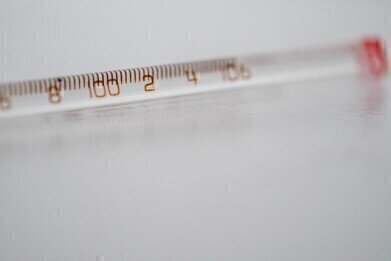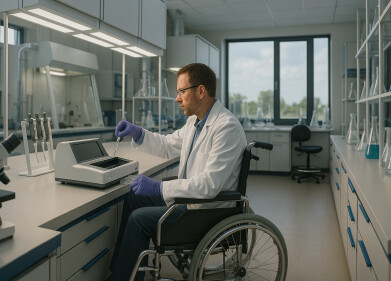News
What Is a Thermal Mass Flow Meter?
Sep 03 2015
The scientific word relies on a plethora of different instruments to support experiments, research projects, field tests and laboratory trials. Not to mention industrial applications where health, safety and compliance of key concerns. Thermal mass flow meters are of particular importance, helping scientists and operational managers to measure the total mass flow rate of fluid flowing through closed conduits.
The ‘first generation’
The world’s first thermal mass flow meter was invented by L.V. King, a scientist who lived in the early 1900s. He is the man behind the famous King's Law that explains how immersing a heated wire in a fluid flow allows for the measurement of velocity at any point in the current. He christened the instrument a "hot-wire anemometer" which led to the eventual development of industrial-grade thermal dispersion mass flow meters in the 1970s.
How do they work?
Flow rates are measured by recording heat levels that are transferred from a warm surface to the flowing fluid. This can be achieved in several different ways, depending on the type of flow meter. Thermal dispersion models convect warmth to the periphery layer of fluid that flows over the warmed surface. This type of flow meter is generally used to monitor industrial gas flow in ducts and pipes. In comparison, capillary-tube types transfer heat to the entire fluid mass via a small heated capillary tube. Capillaries are utilised for smaller flows of liquid or clean gas into tubes. Both utilise thermal reactions however they are considerably different which means they require two separate standards.
Scientists can use thermal mass flow meters to measure temperatures using two different methods. The first is called ‘constant temperature differential’ and utilises two sensors. The first is heated and the second is used to record the temperature of the gas. To generate mass flow rate scientists derive the amount of electrical power needed to sustain a constant temperature difference between the two sensors. The second method is called ‘constant current’ which also utilises a duo of sensors. The heated sensor is continuously powered and mass flow is measured by calculating the difference between the heated sensor temperature and the temperature of the flow stream.
Interested in finding out more about thermal mass flow meters? ‘Limitless Thermal Mass Flow Measurement’ looks at the various different industrial applications of the instruments, as well as technological advances that have overcome contemporary challenges. To answer the question of whether or not thermal mass flow measurement is limitless the author addresses three broad topics – Gas make-up, process conditions and signal processing.
Digital Edition
Lab Asia Dec 2025
December 2025
Chromatography Articles- Cutting-edge sample preparation tools help laboratories to stay ahead of the curveMass Spectrometry & Spectroscopy Articles- Unlocking the complexity of metabolomics: Pushi...
View all digital editions
Events
Jan 21 2026 Tokyo, Japan
Jan 28 2026 Tokyo, Japan
Jan 29 2026 New Delhi, India
Feb 07 2026 Boston, MA, USA
Asia Pharma Expo/Asia Lab Expo
Feb 12 2026 Dhaka, Bangladesh



















